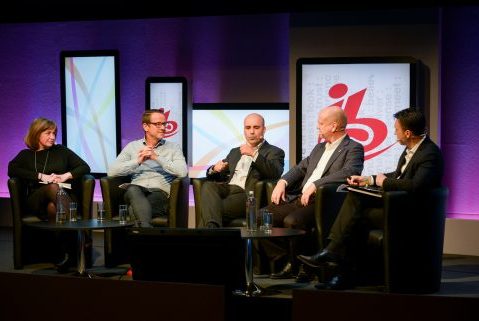
One commonly held industry view is that while younger viewers may watch large amounts of mobile video on platforms such as YouTube, they will revert back to the traditional viewing patterns, consuming larger amounts of linear TV, when they get older.
That’s not going to happen, said Antonio Carvalho VP, product, content & usage analytics at Liberty Global UK, speaking at an IBC Conference session examining changes in viewing patterns [16 September].
“There is an argument about lifestage – that there is a big difference in viewing habits before you have a family and after. But there’s already enough evidence out there to know that’s not the case – they don’t go back.”
Sarah Rose, director of consumer insight at UK broadcaster C4, said: “It’s the hardest thing because we just don’t know. Will viewing behaviour revert when people’s lives change?
It’s the thing we are least complacent about. Generation Z don’t grow up with linear brands, so we can’t take it for granted that they will come back.”
New online channels like YouTube TV and Facebook’s Watch, which are built around features such as personalisation and recommendation, will encourage new viewing patterns, said Rose.
“As broadcasters, we have to pay attention to these trends and offer audiences content how they want it, otherwise we will become old media.”
“Personalisation and recommendation is an important feature – it helps people navigate content in a confusing world. We have to take our curation skills and adapt them to what audiences want to do if we are to remain relevant.”
Rose predicted that Facebook’s entry into the TV market with Watch would have a big impact on the TV market. “Particularly if it gets into proper monetised video. Recent research showed that every week 80 per cent of millennials engage with Facebook in some way.”
Michel van der Voort, MD Screenforce Netherlands, reported that the growth of services such as YouTube and Netflix are the biggest concern for Dutch broadcasters.
“We have lost one-third of young viewers in the last two-to-three years. We are facing difficult times at this moment because those viewers are hard to get – because we will have more platforms on our TV sets perhaps it’s time for local broadcasters to put content together in one place.”
Accurate figures on viewing new platforms was also a big challenge facing the industry, said Rose.







